The Peregrine spacecraft likely plunged into the atmosphere and burned up over the South Pacific Ocean after a failed lunar landing mission.
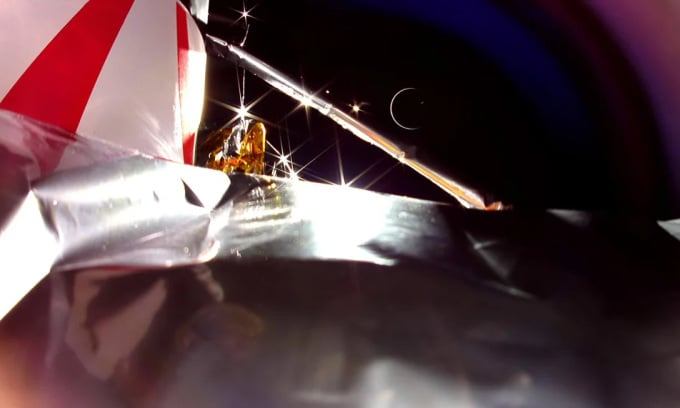
Peregrine lunar lander image of Earth as a crescent illuminated by the Sun. Photo: Astrobotic
The Peregrine spacecraft, launched by the private US company Astrobotic, headed for the Moon on January 8 on a Vulcan Centaur rocket, suffered a serious failure after separating from the rocket. The failure caused a fuel leak, which ended the spacecraft’s chances of landing successfully on the Moon.
In its latest update, Astrobotic announced on social network X that it lost contact with Peregrine at nearly 4 a.m. on January 19 (Hanoi time), indicating that the spacecraft descended into the atmosphere in a controlled manner over open waters in the South Pacific as predicted. However, Astrobotic also said that it would wait for further independent confirmation of Peregrine's fate from relevant government agencies.
Engineers had previously conducted several small engine fires to adjust Peregrine’s direction over the ocean to minimize the risk of debris hitting land. Astrobotic also posted a photo taken by the spacecraft on its final day, when it was between Earth and the Sun. In the photo, Earth appears as a crescent.
Peregrine spent more than 10 days in space, a mission that has attracted attention even as Astrobotic failed to become the first private company to successfully land on the moon. Peregrine also failed to become the first American spacecraft to successfully land on the moon since the Apollo program ended more than 50 years ago.
The Japan Aerospace Exploration Agency (JAXA)'s Moon Sniper or SLIM spacecraft, launched in September 2023, will be the next to attempt a soft landing on the Moon. The landing is expected to take place around 10 p.m. on January 19 ( Hanoi time). If successful, Japan will become the fifth country to achieve this feat after the Soviet Union, the United States, China and India.
Thu Thao (According to AFP )
Source link



![[Photo] Binh Trieu 1 Bridge has been completed, raised by 1.1m, and will open to traffic at the end of November.](https://vphoto.vietnam.vn/thumb/1200x675/vietnam/resource/IMAGE/2025/10/2/a6549e2a3b5848a1ba76a1ded6141fae)






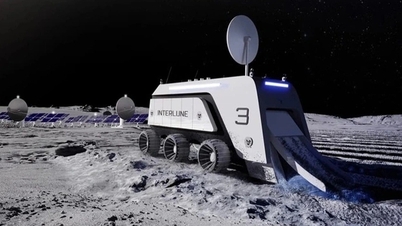

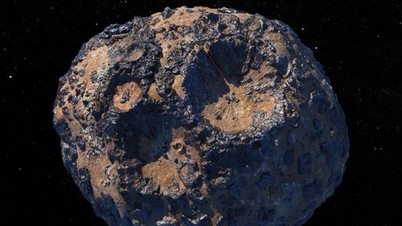


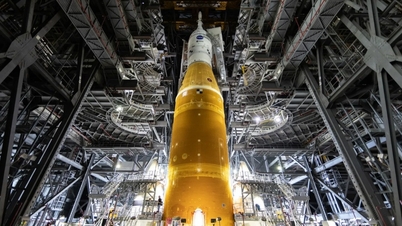
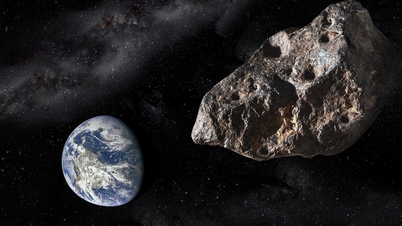






















































































Comment (0)